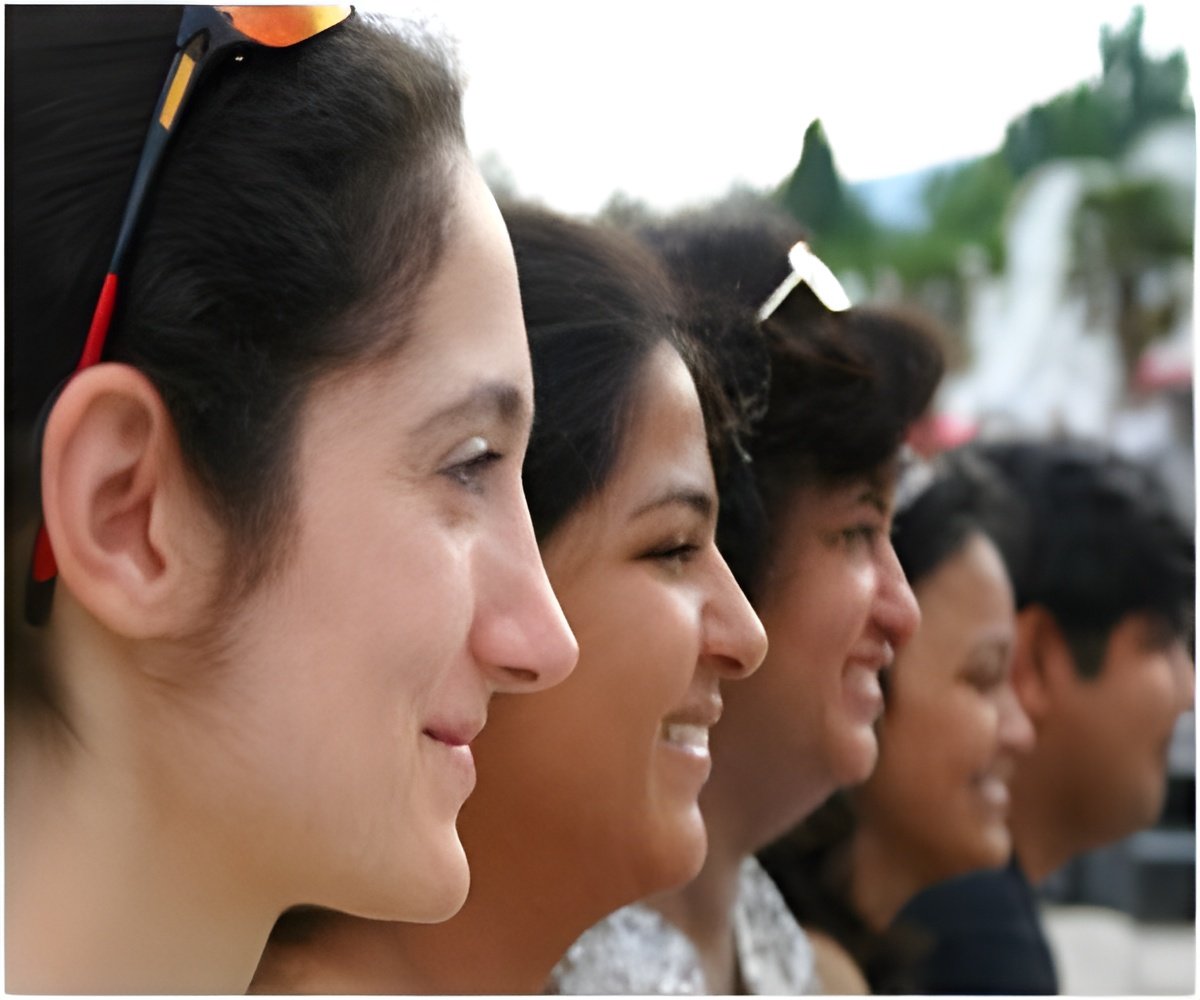
Dr. Itti's lab studied 34 participants as they watched videos of people being interviewed. Behind the interview subjects, within the video frame, pedestrians, bicycles and cars passed by – distractions included to pull attention away from the filmed conversation.
While participants watched and listened to the interview, another camera was pointed at participants' eyes, recording the movement of their pupils as they glanced across the screen.
Researchers discovered the following:
Dr. Laurent Itti, an associate professor of computer science at the USC Viterbi School of Engineering, runs USC's iLab, a research lab dedicated to gaining insight into biological brain function through the use of computational modeling. John Shen, also with iLab, is a Ph.D. student in the USC Neuroscience Graduate Program at the USC Dornsife College of Letters, Arts and Sciences and conducted this research as part of his doctoral thesis and USC Provost Neuroscience Fellowship.
Funding for the project came from the National Science Foundation, the U.S. Army Research Office, the U.S. Army.
Advertisement
Source-Eurekalert









